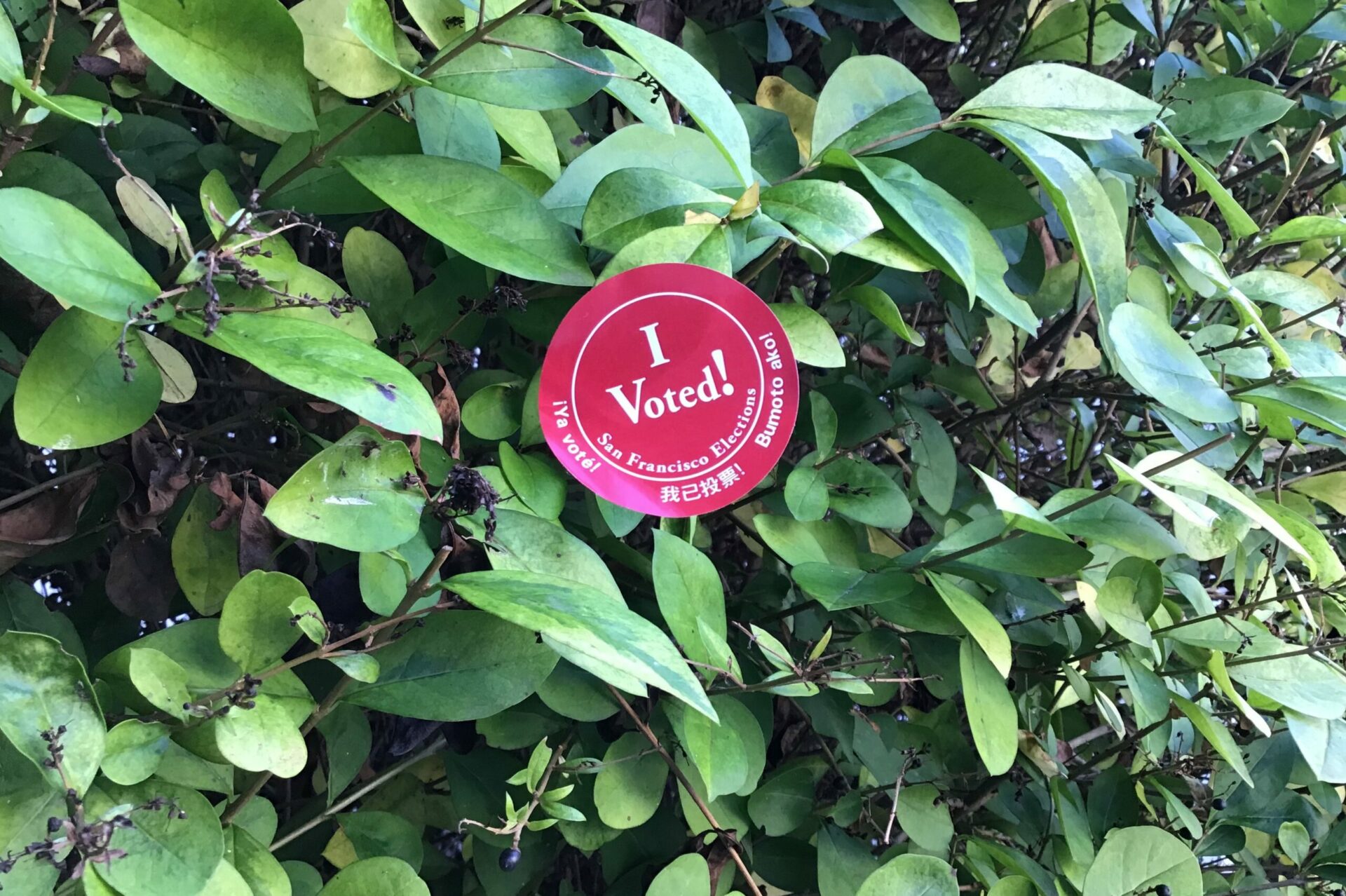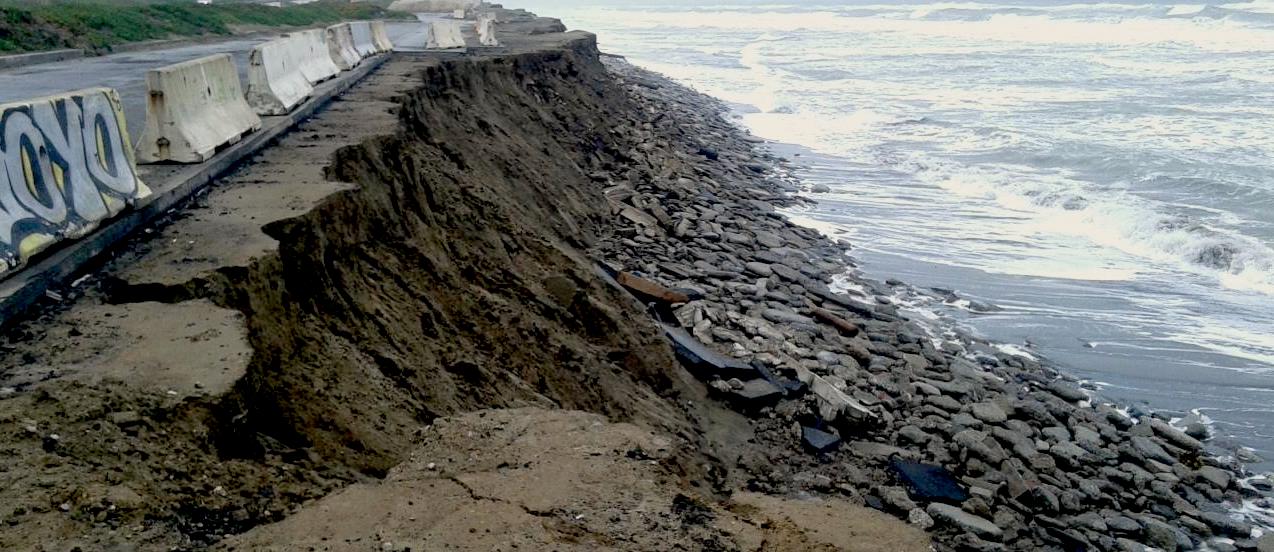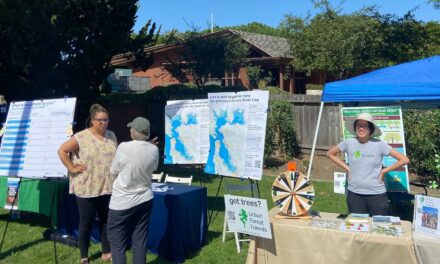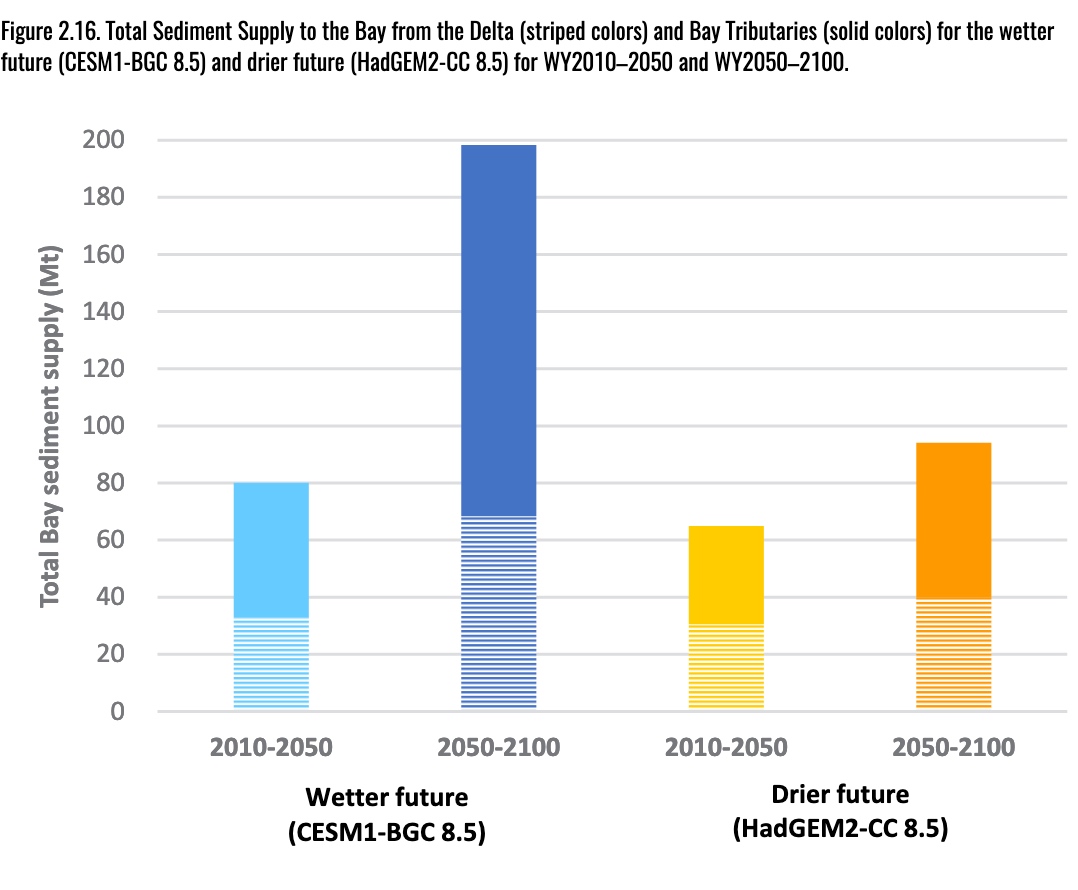Post-Election Review of Climate Results
Since the panic days of the pandemic, motorists have been banned from using JFK Drive and the Great Highway, two major roadways on the west side of San Francisco. Last week, voters chose to keep it that way. 61% voted against Proposition I, which would have required city leaders to restore motor vehicle access on JFK and the Great Highway. Proposition I would also have prevented city leaders from enacting a plan to close the Great Highway between Sloat and Skyline — part of a longer-term plan to address erosion, sand deposition, and rising sea level.
The downfall of Prop I and the passage of its competing measure, Proposition J, were just two of many climate-smart decisions made by voters on Nov. 8. The 2022 midterm election saw the passage of various measures throughout the Bay Area to protect open spaces, halt urban sprawl, promote urban housing projects and infill development, ease traffic and congestion, and advance California’s climate change mitigation and adaptation goals. In Solano County, Measure K won by a landslide, with 82% of voters approving the measure, which builds on another reform passed in 2003. That year’s Measure K prohibited urban development outside of a new urban growth boundary around the city of Benicia for 20 years. The newly passed rendition of the measure extends the extra-urban building moratorium for 20 more years.
Erosion at Sloat Boulvard along Great Highway in 2016. Photo: Roger Bland.
Measure D in Alameda County also passed last week by an easy margin of 68 to 32%. The measure builds on a 2000 measure of the same name that established an urban growth boundary to prevent sprawl and development in open spaces. This year’s Measure D makes favorable changes to agricultural building codes. Notably, it increases building size limits for greenhouses and equestrian barns. Supporters of the measure endorsed it because it protects agricultural land use and encourages urban infill housing, which are both compatible with goals to reduce commute distances and transportation-related emissions of greenhouse gasses.
Yet another landslide win for Bay Area environmental interests came with Measure O, which 72% of Alameda County voters supported. The measure imposes a new tax on properties valued at more than $1 million to create a fund that will support a variety of infrastructure improvements, flood protection projects, and water quality protections. The organization Greenbelt Alliance supported the measure because, its directors wrote in a recent blog, it is likely to fund projects to build “bioswales and other vegetative stormwater treatment features,” as well as a living levee and other sea-level rise adaptation projects for the shoreline.
In Napa County, the election of several climate-friendly officials could mark a shift of public sentiment against the wine and tourism industries. Voters elected Joelle Gallager and Anne Cottrell as County Supervisors. Paul Dohring is the new Mayor of St. Helena. Each of these candidates has acknowledged climate change as a critical challenge and has demonstrated the intention of fighting it.
Another lopsided win came with the passage of Sonoma County’s Measure O, which garnered 75% of voter support and will renew a special parcel tax to fund fire protection in the city of Sonoma.
But Nov. 8 also served up some losses for conservation and climate policy advocates. In Napa County, the passage of Measure J expands American Canyon’s urban limit across 157 acres of marshland and vineyard on the shore of San Francisco Bay. Measure J makes this land available for development at a time when many environmentalists want to see permanent preservation of open spaces. The Sierra Club and Greenbelt Alliance opposed Measure J.
Measure E, in Solano County, proposed a 0.125% sales tax to fund wildfire protection programs, including rural and urban fire breaks, programs to remove flammable vegetation, hiring more firefighters and paramedics, and improving early wildfire detection systems. 54% of voters opposed the measure, though as of Nov. 14, the measure’s election status was “too close to call.”
Another upset came as 59 % of voters said no to Proposition 30, a statewide measure to help fund electric vehicle infrastructure by taxing multimillionaires. Prop 30 would have targeted Californians with an annual salary of at least $2 million, and analysts estimated that the tax proposed by Prop 30 could have generated as much as $5 billion each year. This cash pool would have been used to, among other things, subsidize electric vehicle charging stations and rebates for Californians who buy EVs. Californians have shown support for climate initiatives, clean air programs and electric vehicles in general, and Prop 30 seemed on its way to a win until Gov. Gavin Newsom appeared in an ad opposing it. He cast Prop 30 as a corporate tax grab that would benefit the rideshare company Lyft — but analysts expected the prop to benefit Californians broadly. Support for the measure crumbled, leading to its demise on Nov. 8.
Analysts have pointed out what could be a silver lining in Prop 30’s failure: Voters rejected it not because they dismiss the importance of climate change mitigation action but because they trust their governor.
Other Recent Posts
Testing Adaptation Limits: Mariposa Trails, Marin Roads & San Francisco Greenspace
In KneeDeep’s new column, The Practice, we daylight how designers, engineers and planners are helping communities adapt to a changing climate.
ReaderBoard
Once a month we share reader announcements: jobs, events, reports, and more.
Boxes of Mud Could Tell a Hopeful Sediment Story
Scientists are testing whether dredged sediment placed in nearby shallows can help our wetlands keep pace with rising seas. Tiny tracers may reveal the answer.
“I Invite Everyone To Be a Scientist”
Plant tissue culture can help endangered species adapt to climate change. Amateur plant biologist Jasmine Neal’s community lab could make this tech more accessible.
How To Explain Extreme Weather Without the Fear Factor
Fear-based messaging about extreme weather can backfire. Here are some simple metaphors to explain climate change.
Live Near a Tiny Library? Join Our Citizen Marketing Campaign
KneeDeep asks readers to place paper zines in tiny street libraries to help us reach new folks.
Join KneeDeep Times for Lightning Talks with 8 Local Reporters at SF Climate Week
Lightning Talks with 8 Reporters for SF Climate Week
Staying Wise About Fire – 5 Years Post-CZU
As insurance companies pull out and wildfire seasons intensify, Santa Cruz County residents navigate the complexities of staying fire-ready.
Artist Christa Grenawalt Paints with Rain
Snippet of insight from the artist about her work.
High-Concept Plans for a High-Risk Shoreline
OneShoreline’s effort to shield the Millbrae-Burlingame shoreline from flooding has to balance cost, habitat, and airport safety.
Amber Manfree contributed to reporting on this story.











